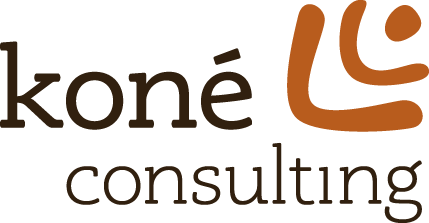Summer is near - our reading list for learning more about Lean and Work Visualization
A big thanks goes out to all of the participants in the Intro to Lean and Work Visualization workshop held in Chicago on May 11th. We really enjoyed the group and appreciated the level of engagement from all of the participants. The questions were on point and the dialog was great. As a facilitator, I feel very lucky to work with people who are so open to new ideas and excited about improvement. I know that sometimes this work brings up just as many questions as answers, so I thought that I would put together a little reading list for anyone who is looking to get a deeper understanding of Lean concepts and work visualization. As always, we encourage you to send questions or comments directly to us. We love to hear about what you're thinking and how lean and work visualization are impacting your lives. Looking forward to seeing you at our upcoming workshops this summer... Stay tuned for more details!
The List:
- Lean Thinking, Jim Womack and Daniel T. Jones - One of the seminal books on the topic, Lean Thinking describes a process for creating customer value and continuous improvement based on the Toyota Production System. Though the book focuses on studies in the manufacturing industry, lessons from this book are currently being used in government agencies, service work, and knowledge work to improve organizational effectiveness and customer satisfaction.
- Personal Kanban: Mapping Work | Navigating Life, Jim Bensen and Tonianne DeMaria Barry - This is a great intro to using Kanban for managing projects and tasks at work and at home. The book focuses on seeing your tasks in context, managing work in progress, and making smart decisions for continuously improving your processes and creating value.
- Learning to See: Value Stream Mapping to Add Value and Eliminate MUDA, Mike Rother and John Shook - Presented in a workbook format, this book introduces value stream mapping, a tool to help you to better "see" and improve your processes as learned from Toyota by the authors. The concepts can be applied to just about any type of organization and can be invaluable in helping an organization move toward more effective delivery of products and services.
